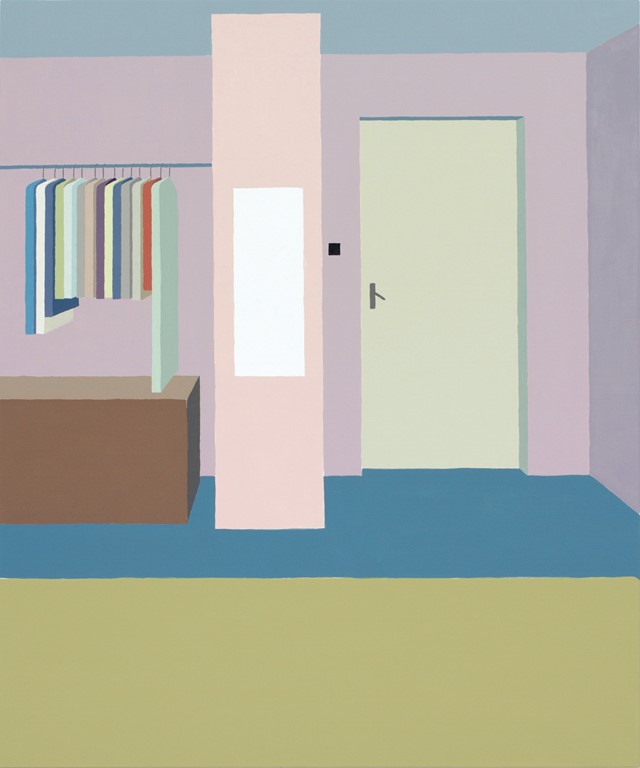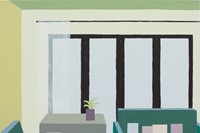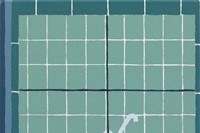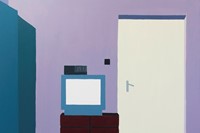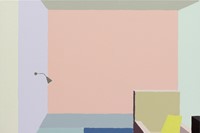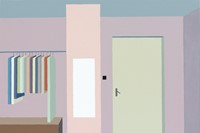“In times of political crisis… ‘art could and had to sustain you’” quotes Bloomberg New Contemporary-nominated artist Zsofia Schweger, whose minimalist paintings recall remembered domestic scenes
Who? Zsofia Schweger is a graduate of London’s Slade School of Fine Art and a painter on the rise; as she is soon to exhibit at the ICA as one of 2016’s Bloomberg New Contemporaries. Born in 1989 in Sándorfalva, a rural town in southeast Hungary, she attended school in Boston and New York in her teens and early 20s, before coming to London in 2013. A 'Third Culture Kid' through and through, Schweger grew up in multiple cities and countries, perhaps inevitably fascinated by the notion of belonging, and whether it could really be as simple as having a space to call home. This exploration led to the Bloc series of minimalistic paintings, which feature slightly unsettling yet seductive domestic spaces which flatten three-dimensional objects into blocks of colour. The artist’s first solo show of these works ran throughout this August and September at Griffin Gallery London, where she completed a six-month residency. “My personal narrative shapes the conceptual thinking behind the project, which in turn shapes my technical process,” Schweger believes. “I’ve been interested in the definition of home, and ideas of local identity and the emigrant experience.”
What? Schweger’s pastel-hued, graphic paintings of the interiors of her grandmother’s home in Hungary are something like an excavation of memory: a record of absences and multiple belongings. “My family do not use the home anymore, as we’ve relocated to London – yet most of our old furniture and belongings are still there, looking frozen in time,” she observes. Semi-bare with little sense of time and place, they suggest the inhabitants have long gone, but could imminently return. The artist intentionally jars her soothing colour scheme with no coherent lighting source and a disorienting perspective, rendering this home a place of both affinity and impenetrability, nostalgia and inertia. “I make use of alluring colours as I want my paintings to be attractive and inviting, but at the same time I apply paint in a reductive manner, hinting at a sense of alienation,” the artist explains. “I like the idea that the paintings invite you in, but also lock you out.” The white of the canvas sometimes shows through blocks of colour, while her freehand strokes create small trembles in the application of paint; a gentle spilling-over of borders, evoking the uncertainty of ownership, and the fragility of memory over time. The title of the series itself also weaves biographical detail: with 'bloc' without the 'k' implying the Eastern Bloc, which ended with the fall of the Berlin Wall the year she was born. Three pieces from this series will be exhibited among the year’s other Bloomberg New Contemporaries from November 23 until January 22, 2017.
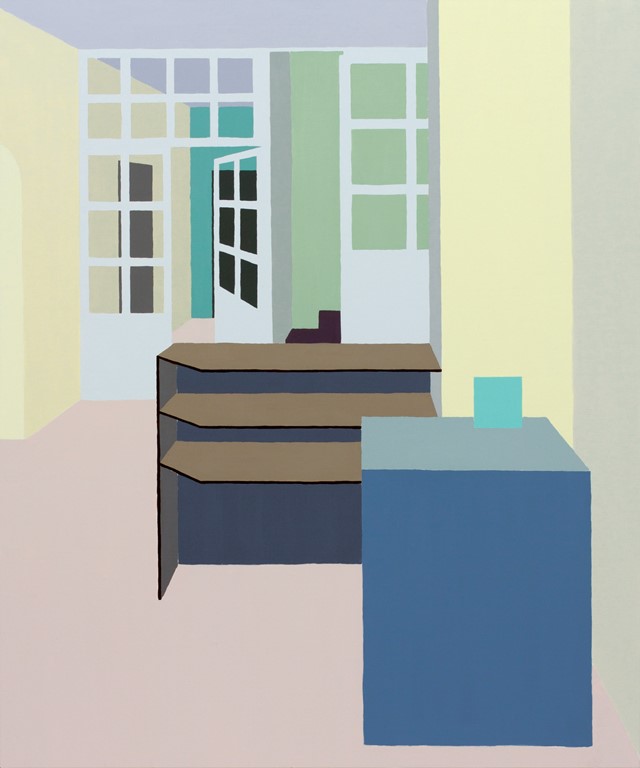
Why? Schweger’s paintings are as much a study of her changing relationship to her homeland as to this particular house. Schweger is influenced by her own experience of migration, as well as that of other émigrés throughout generations. Art is intimately connected to the process of coming to terms with displacement. She points to the example of Sylvia Plachy, a photographer who fled Hungary as a child following the 1956 revolution, going on to publish photos of her visits home – now as a semi-outsider – over decades. “[Plachy] assigns critical function to art in times of political crisis, writing that ‘art could and had to sustain you.’ I like this notion,” Schweger muses. “[Plachy] made her private experience public. It’s a powerful and useful work of art.” That art can be a form of sustenance during times of political crises is a thought that subtly informs her work. This narrative of belonging, memory and identity runs beneath her seemingly serene paintings, making these works all the more unexpected and surprising. Schweger herself seems to discover this layering as she goes along, approaching the process with an openness that suggests an artistic maturity beyond her years: “when paired with the narrative of my project, the paintings can sometimes be seen as political. And that’s ok. But at the end of the day, I just paint.”
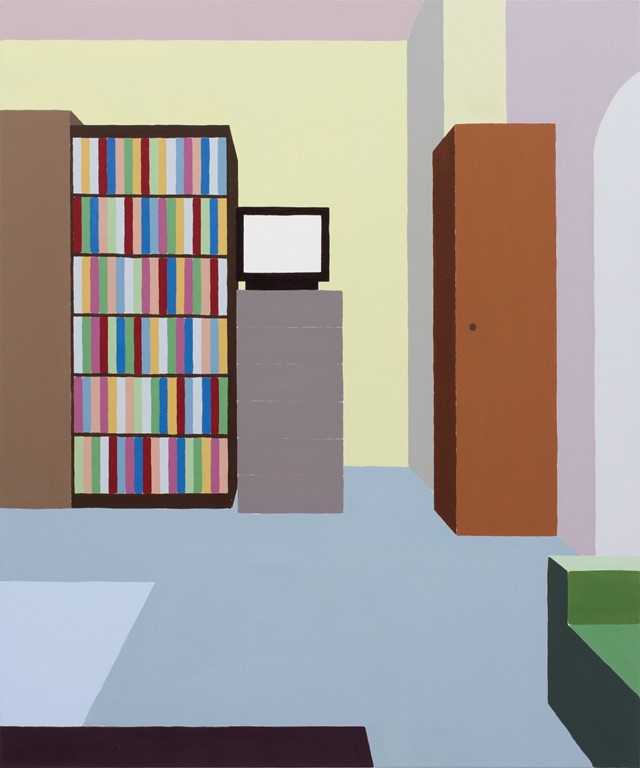
Bloomberg New Contemporaries 2016 runs from November 23, 2016 until January 22, 2017 at the ICA, London.
